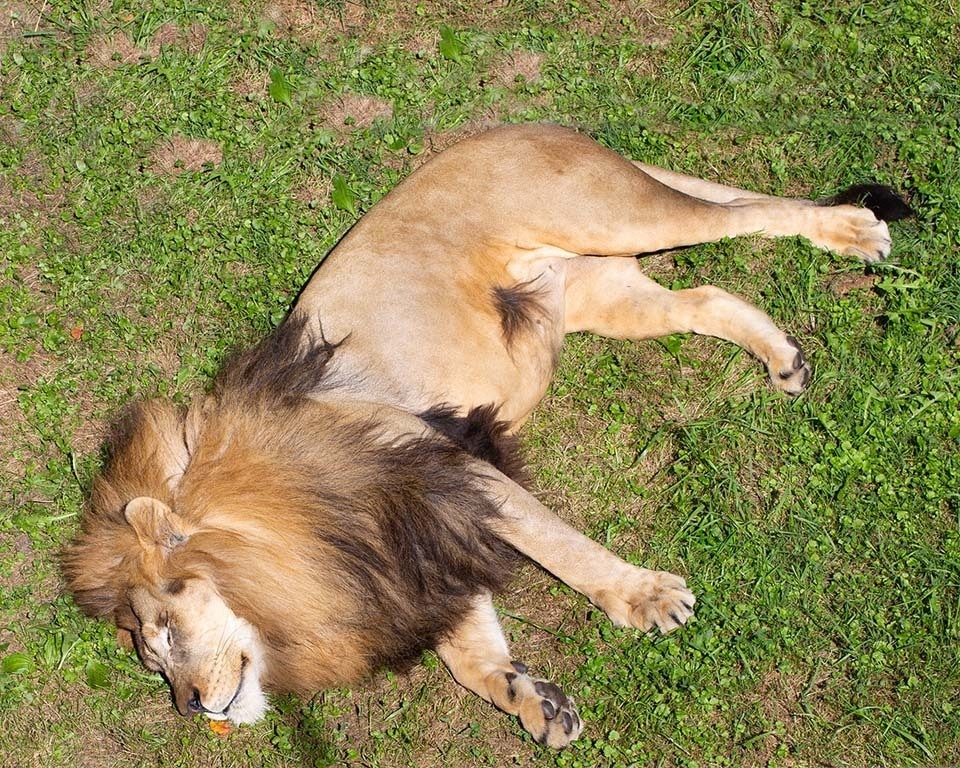– The intrinsic value of empathy in fostering a deeper understanding of wildlife conservation
– How the Advancing Conservation through Empathy (ACE) for Wildlife Network leverages animal storytelling and scientific knowledge
– The pivotal role empathy plays in conservation efforts, including habitat preservation and species protection
– Strategies to cultivate empathy towards wildlife and natural habitats in broader communities
Empathy, the ability to understand and share another person’s feelings, is a critical emotional bridge connecting humans with the myriad forms of life on our planet. This connection is particularly significant in the context of wildlife conservation, where understanding and caring for animals’ lives and ecosystems’ health are paramount. Emphasizing empathy in conservation efforts enriches our appreciation for nature and galvanizes action to protect it.
The Advancing Conservation through Empathy (ACE) for Wildlife Network exemplifies how integrating emotional engagement with scientific insight can inspire a stronger commitment to environmental stewardship. By sharing stories of animals—each with its narrative of survival, adaptation, and interaction with their habitats—ACE for Wildlife Network endeavors to evoke a visceral connection between people and the natural world. This innovative approach underlines the narrative that every living being has a story that contributes to the tapestry of life on Earth.
Empathy in conservation is not about emotional connection but about understanding the complex interdependencies that sustain biodiversity. It involves recognizing that the welfare of human populations is intrinsically linked to the health of wildlife and ecosystems. When we empathize with animals, we are more inclined to take action to ensure their habitats are preserved and free from pollution, deforestation, and other threats. This empathy-driven conservation can lead to impactful changes, such as advocating for sustainable practices and supporting legislation that protects vulnerable species and habitats.
Cultivating empathy towards wildlife and natural environments can seem challenging in a world where human activity often disconnects us from nature. However, strategies such as wildlife education programs, immersive nature experiences, and citizen science projects can bridge this gap. These strategies serve as platforms for people to learn about the importance of biodiversity, understand the threats facing different species, and participate in conservation efforts firsthand. Education and engagement are key to fostering a society that values and actively participates in preserving its natural heritage.
Furthermore, as utilized by the ACE for Wildlife Network, storytelling is an incredibly effective tool. Through narratives, individuals can connect emotionally with species they may never encounter daily, expanding their empathy to include these distant yet crucial parts of our world. Science communication incorporating storytelling can make complex concepts more relatable and inspire a broader audience to take an interest in conservation.
The empirical evidence supporting the value of empathy in conservation is mounting. Research has shown that when people feel emotionally connected to an issue, they are more likely to support and engage in efforts to address it. Conservation initiatives that have prioritized fostering empathy—such as community-based conservation projects involving local populations in protecting their natural resources—have seen substantial success in conserving wildlife and uplifting communities.
Empathy is a powerful emotional bridge between humans, animals, and the environment. It deepens our understanding of our place within the natural world and motivates collective actions to preserve the planet’s diverse ecosystems and species. Integrating empathy into conservation through education, storytelling, and community engagement can inspire a more sustainable coexistence with nature.
*****
Source Description
💚 What is the value of empathy? Empathy is a powerful emotional bridge between humans and the natural world, allowing us to see how the living and non-living things we share on Earth work together.
The role of Earthpathy in conservation should never be underestimated. It strengthens our understanding of the relationship between people and animals and can inspire collective action to preserve our planet’s diverse ecosystems and species 🌱🐾.
In Connect, read about how the Advancing Conservation through Empathy (ACE) for Wildlife Network builds a movement combining scientific knowledge and animal storytelling to foster connection and caring. 🔗 Link in bio!


